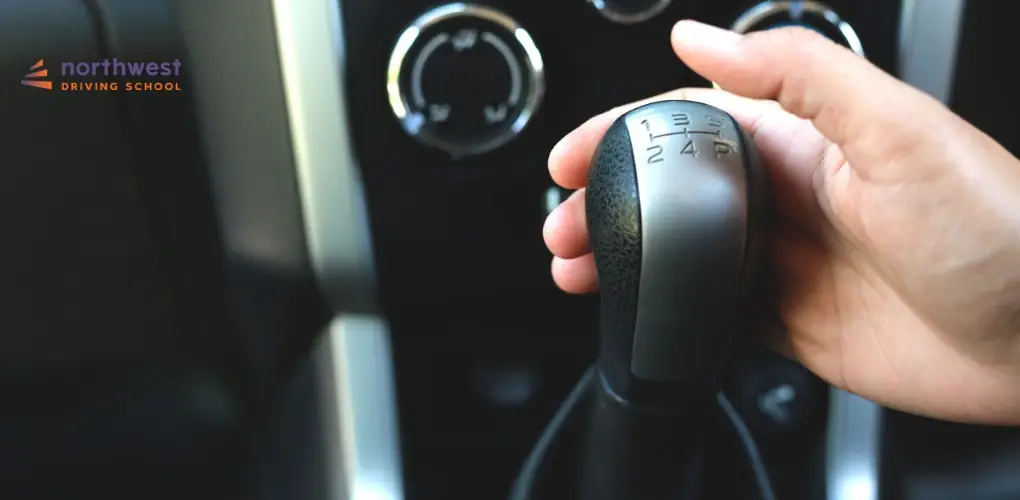- Others
Driving a Manual Shift Vehicle

Before driving a manual shift vehicle in traffic, you should first learn where the friction point of the clutch is and how to shift smoothly. The best place to learn this is in a large flat parking lot.
The clutch:
The purpose of the clutch is to disengage the engine from the transmission
Using the clutch pedal:
- With your foot on the brake, push the clutch all the way to the floor.
- Shift the vehicle into fist gear.
- With your heel on the floor, slowly release the clutch till the vehicle starts to move. This is called the friction point.
- Press the clutch to the floor and stop your vehicle.
- Continue practicing this maneuver till you can do it without stalling the vehicle.
- Once you have mastered going forward, shift into reverse and follow the same procedure.
Gears and their function:
- First gear is used for starting to move the vehicle and is used at slow speeds up 15 mph.
- Second gear is used for speeds up to 25 mph.
- Third gear is used for speeds up to 35 mph.
- Fourth gear is used for speeds up to 45 mph.
- Fifth gear is your overdrive and provides maximum gas mileage.
- Reverse is used to back up.
- Neutral means the vehicle is not in gear.
Driving the vehicle:
When starting your vehicle always have your foot on the brake and the clutch pressed to the floor.
- The gear shifter should be in neutral.
- Shift into first gear.
- Release the parking brake
- Signal, check mirror and blind spot for traffic.
- With your foot on the brake, slowly release the clutch to the friction point.
- Move your right foot to the accelerator.
- As you gently accelerate, slowly remove your foot from the clutch.
Shifting:
So drivers shift by speed, however the easiest way is to shift by the sound of the engine. When the engine reaches its highest level:
- Release the accelerator, push the clutch to the floor and shift into second gear.
- Release the clutch smoothly as you accelerate.
- Follow the same procedure as you continue to shift into higher gears.
Downshifting:
Shifting to a lower gear is used for slowing down, going up hills, or pulling a trailer.
- To downshift, release the accelerator.
- Push the clutch to the floor, shift into the next lower gear, and smoothly release the clutch.
Stopping:
There are two ways to stop a manual shift vehicle:
- Downshift and release the clutch smoothly and let the engine help you stop.
- Hit the brake and just before you feel the engine is going to stall, press the clutch and come to a stop.
Stopping on a hill:
- With your foot on the brake release the clutch to the friction point.
- Move your foot to the accelerator and smoothly accelerate while releasing the clutch.
Parking:
- When you park your vehicle, leave the vehicle in first gear and apply the parking brake.
Parking on a hill:
- If you are parking downhill, leave your vehicle in reverse, turn the wheels to the right and set the parking brake.
- If you are parking uphill with a curb, leave your vehicle in first gear, turn your wheel to the left and set the parking brake
- If you are parking uphill without a curb, leave your vehicle in first gear, turn the wheel to the right and set the parking brake.
Stay tuned for additional safe driving tips. Should you have any questions, always feel free to contact us at (702) 212-5667.
Author: Rich Heinrich
Master Instructor, Emeritus

